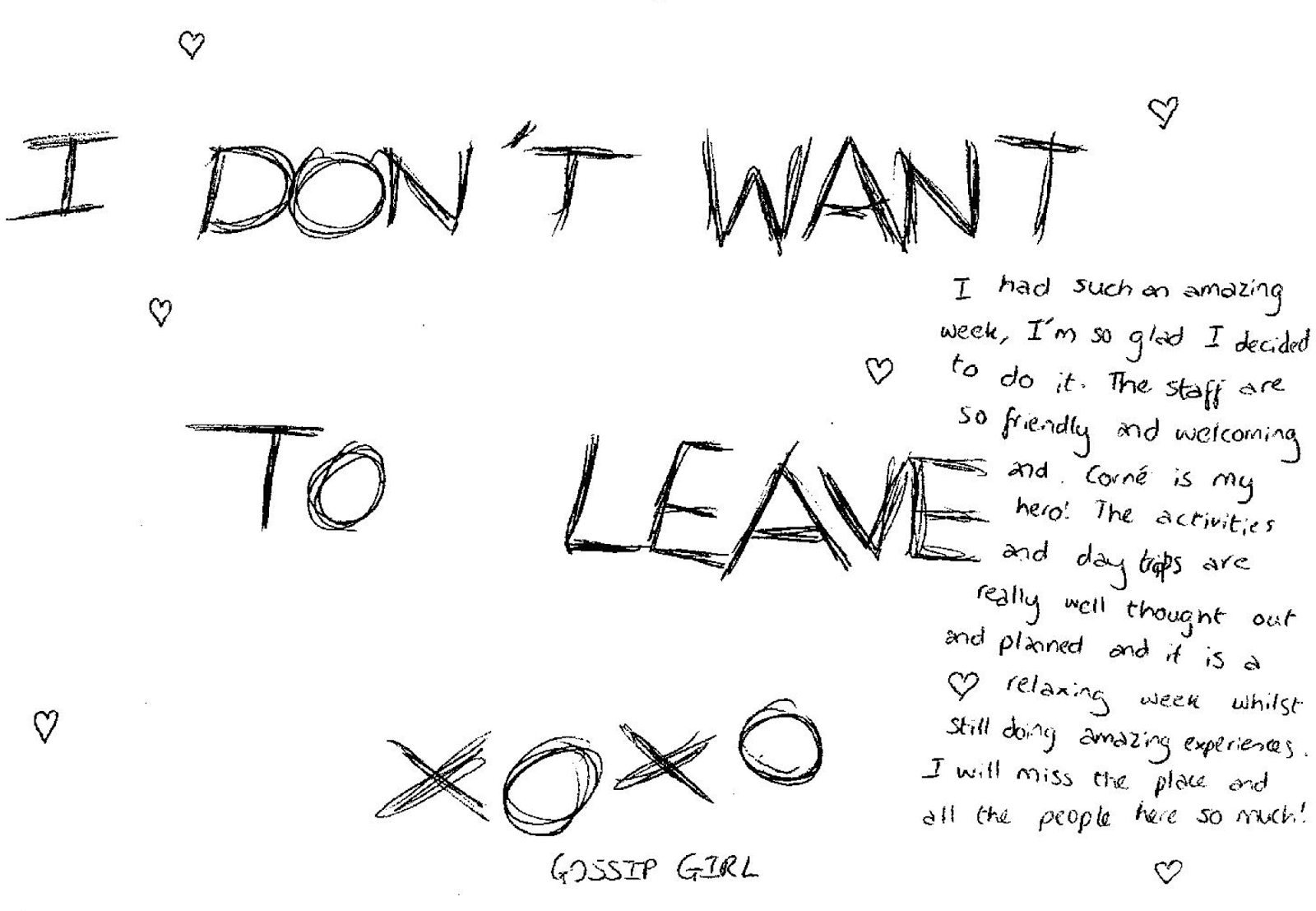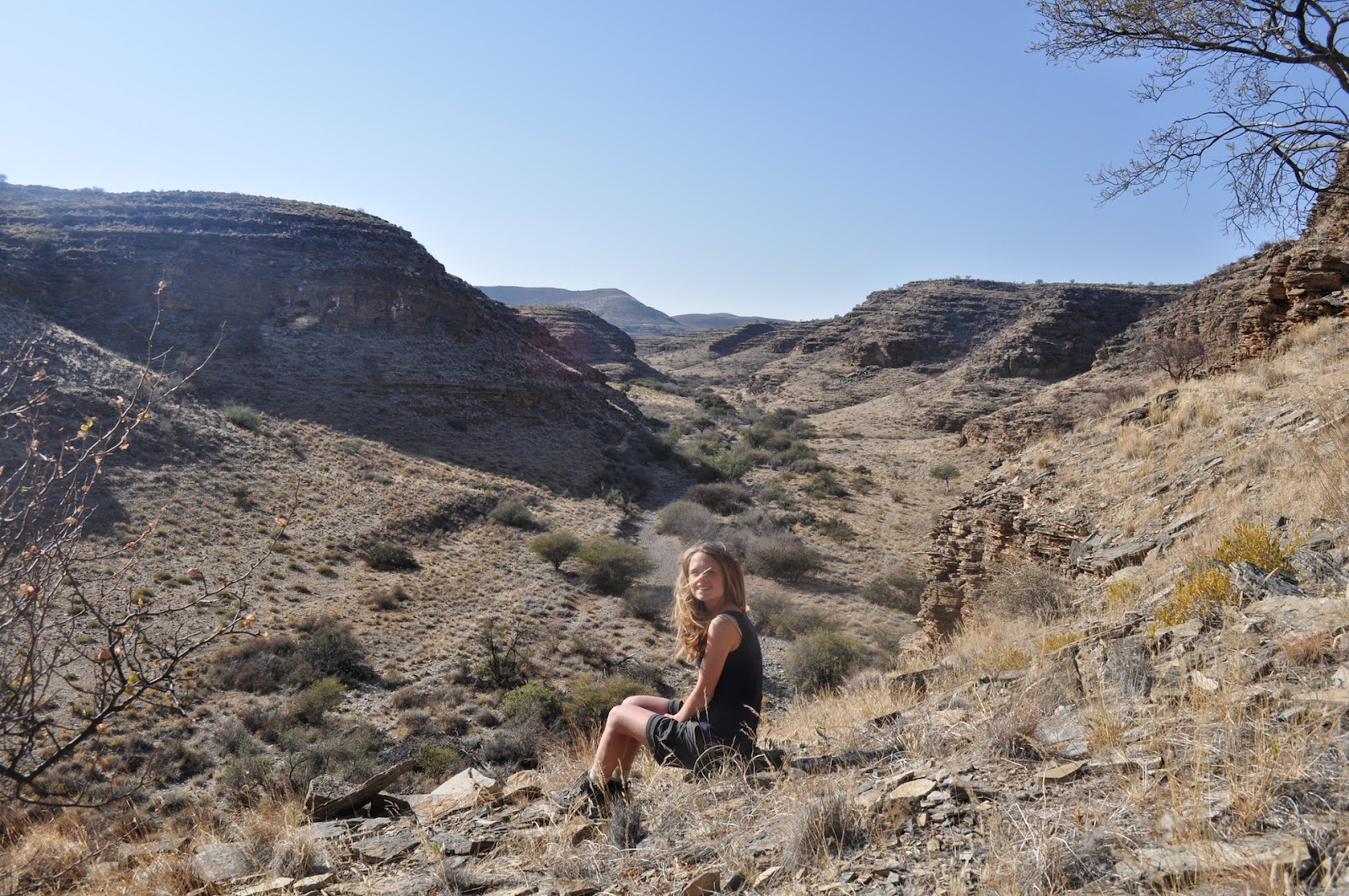Hi
everyone! My name is Kellie Laity, and I am working on my Master’s Degree at
Duke University in the United States. I had the pleasure of working with Matt
and Kate at Neuras on my Master’s thesis during the months of June and July in
2014. My thesis is working for a company called WildTrack that developed
software that can identify individual animals, as well as sex and age, by using
photographs of footprints. Up to this point, the Footprint Identification
Technology (FIT) has only been tested in captivity, in which it has worked
wonderfully at identifying different individuals.
Leopard track
In captivity, we can
manipulate the ground or lay down soft sand that holds beautiful, clean
footprints. However, for those of you who have been to Neuras can attest, the
natural ground is not as kind about keeping pristine footprints. My project is
collecting photographs of footprints of free-roaming cheetahs from their
natural environment and to test if FIT still identifies individual cheetahs
from footprints on those ground types.
While at
Neuras, my time was spent looking around the property for footprints, as well
as helping Matt and Kate with the other projects running at Neuras. My two
particularly favorite spots were the canyon walk and a riverbed on the back
part of the property. The riverbed gave me some cheetah footprints, and several
leopard footprints, which as a researcher made me very happy. The canyon walk
was always a great opportunity to see animals, like mountain zebra, rock
dassies, and kudu, plus several times we found leopard footprints walking
through the canyon. When we did find leopard tracks, I was always thrilled and
would spend a long time talking and taking photos of the footprints.
Exploring Neuras' Honey Canyon in search of carnivore tracks.
I’m sure the volunteers
were not nearly as excited as I was, but it gave them an opportunity to learn
how to identify different animal tracks. And in exchange for listening to me
spout about the awesomeness of footprints (And my volunteers, you know that
they are!), I always took them up to the photo spot that gave everyone a great
view of the canyon and a great place to take selfies.
While not
hot on the trail of footprints, I loved getting to know all of the volunteers.
Y’all are some interesting people! Top moments may have to be the P-Squiggle
music video, the Great Danes scale all of the walls of the canyon, watching
Karl dance, making High Tea for Matt with Georgie, pushing Nikki and Georgia up
a sand dune, and of course Pizza Night! Matt and Kate make the best pizza,
hands down! The best way to eat the pizza, dancing around with Corne. Makes
Pizza Night that much more special.
Kellie serving high tea to King of the Minions Matt as part of her attempt at achieving the ultimate minion rank of Empress Supreme Minion.
And possibly the most memorable pastime was
pushing the cars. I took it on myself to be the group motivator as we pushed
and I bet several volunteers have nightmares where I am saying “Alright
everyone! 1! 2! 3! PUSH!” While push-starting the cars may have been an
exhausting process, it allowed for great bonding and lots and lots of
laughs.
Kellie with one of our volunteer groups participating in a spot of Karl lifting.
My time at
Neuras was fabulous, and not nearly long enough. To all of the volunteers I got
to work with, I hope you enjoyed our time together as much as I did. Kate and
Matt, thank you for all of your help, for putting up with my shenanigans, and
for promoting me to the new rank of Empress Supreme Minion. Neuras will always
hold a special place in my heart, and the people there make the experience
magical.


















































